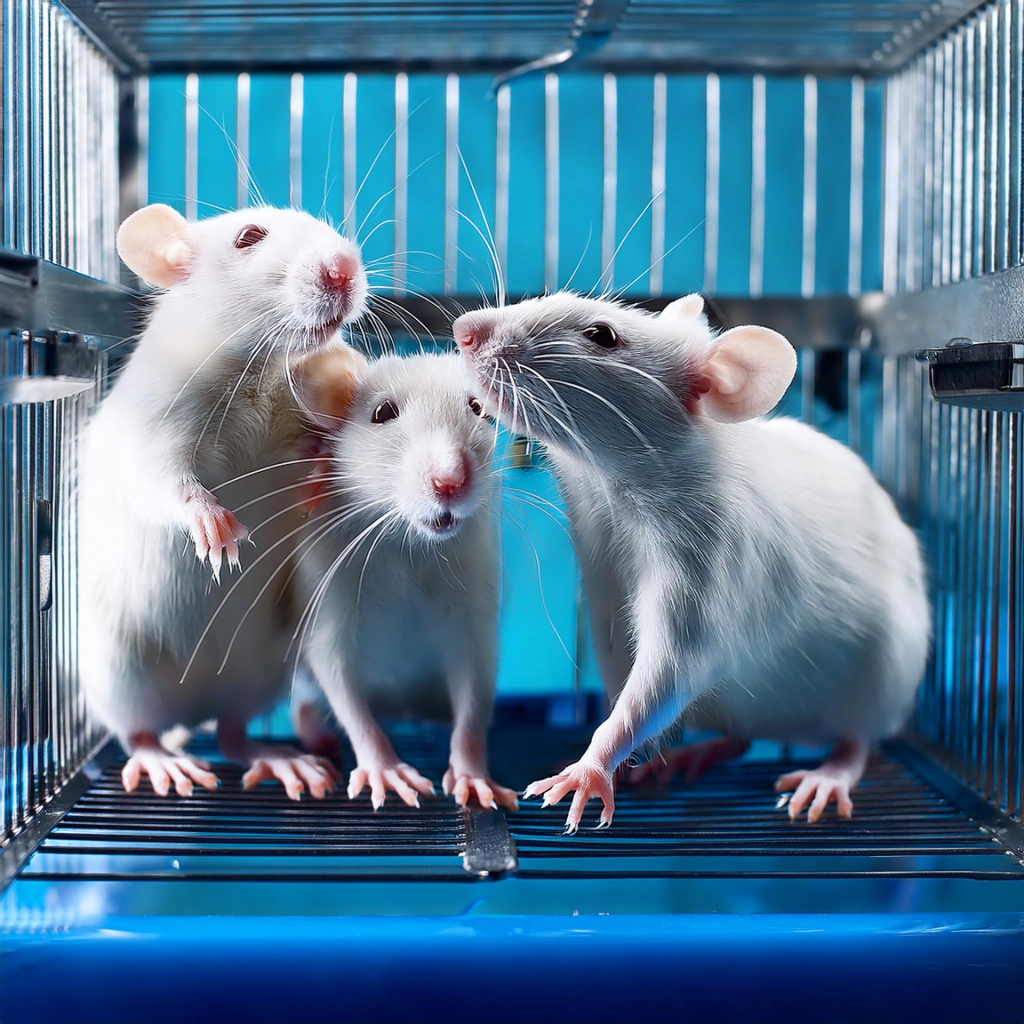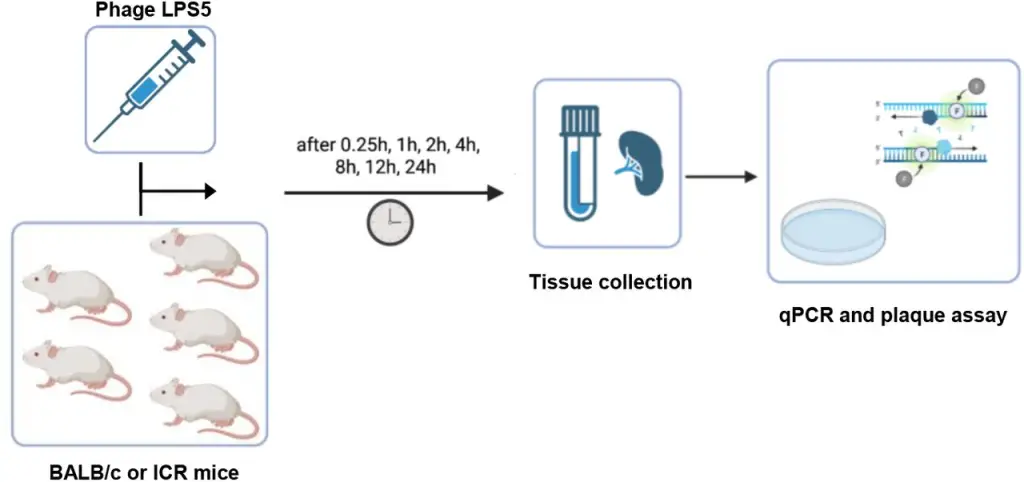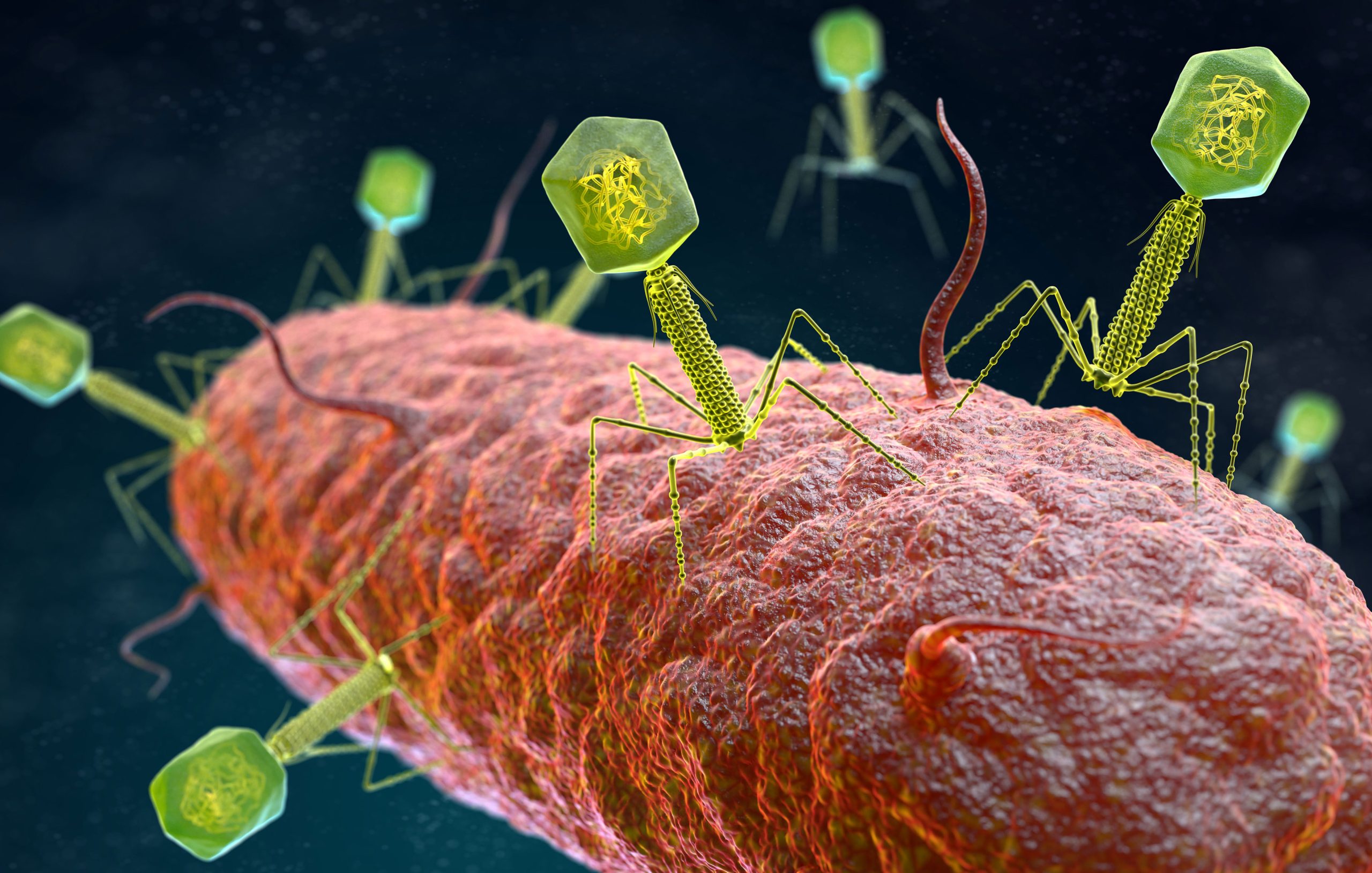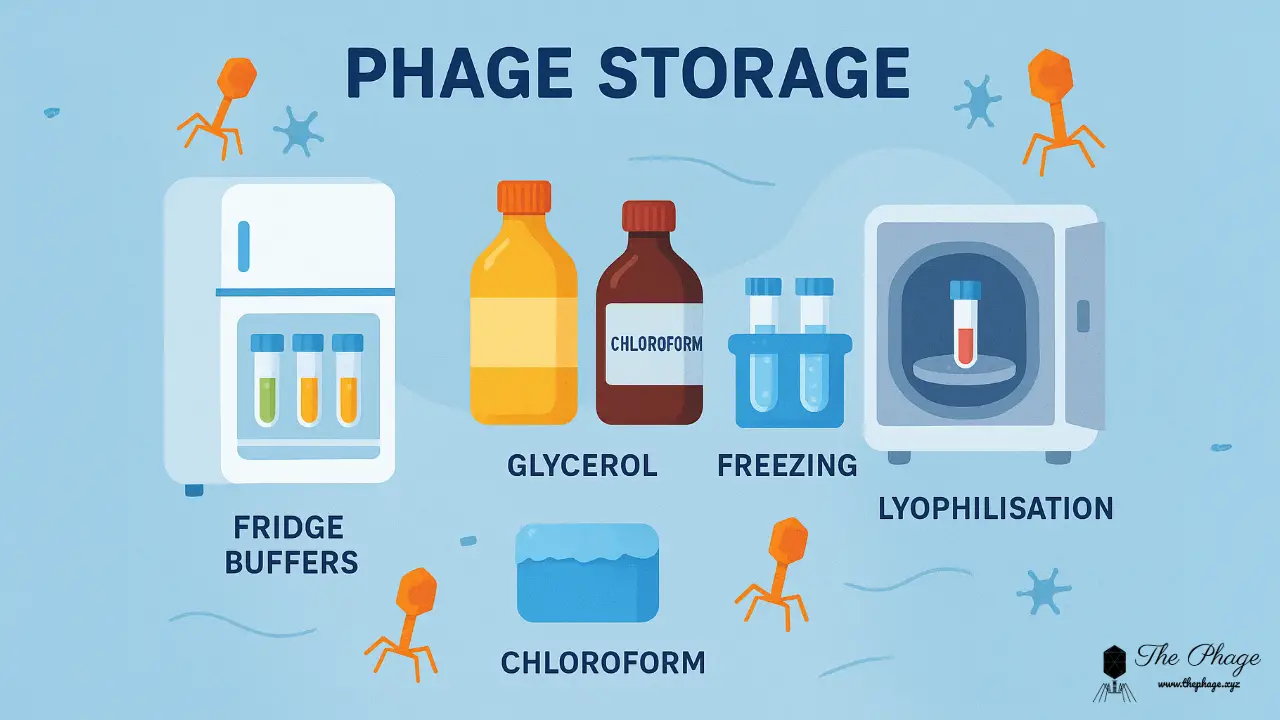
The ongoing challenge of antimicrobial resistance has prompted a growing interest in phage therapy as an alternative to traditional antibiotics. This approach is increasingly being considered not only in healthcare but also across industries such as food production, agriculture, and cosmetics, which are all exploring phages as viable alternatives to antibiotics.
Despite this interest, a crucial question remains: is phage therapy as effective in vivo as it appears in vitro? Are the therapeutic effects of phages consistent when they are circulating in the body compared to the controlled conditions of laboratory studies?
To address these questions, scientists at Stanford University recently conducted a study on laboratory rats, using Pseudomonas aeruginosa phages. This study aimed to identify factors influencing phage clearance from the bloodstream. The route of administration is crucial for understanding pharmacokinetics, and neutrophils play a vital role as the first line of defense.
Multidrug-resistant strains of Pa are a major concern in clinical settings due to their complex resistance mechanisms. This poses a significant challenge in treating infections. Lytic phages, which target and kill bacteria, offer a promising solution for combating antimicrobial-resistant (AMR) bacterial infections.
Researchers evaluated the pharmacokinetics of intravenously administered Pseudomonas phages in both immunocompetent and pathogen-free neutropenic female mice. A single dose of highly concentrated Pseudomonas phages was administered intravenously, and the mice were monitored for 5-15 minutes to assess acute toxicity. No toxicity was observed during this period.
Following this, phage concentrations were measured in whole blood, liver, and spleen homogenates using plaque assays and qPCR techniques.

Researchers recently conducted a study to explore a new method for detecting phages (viruses that kill bacteria) in blood and tissue samples. They extracted genetic material from these samples and used qPCR to measure the occurrence of specific DNA sequences.
The goal was to ensure the test accurately detected phage DNA. To do this, they tested various concentrations of phages to determine the limits and efficiency of the qPCR method. They included both spiked samples (with added phage) and controls (without phage).
They ran each test three times to check for consistency and used the data to understand how the phages behave in the body over time. The results, summarized in the graph, provide valuable insights into the detection and behaviour of phages in treated subjects.
Now for the data analysis
The results showed that phages leave the bloodstream quickly and accumulate in the spleen, part of the body’s reticuloendothelial system. Similar tests on neutropenic mice (with low neutrophil levels) confirmed these findings, showing a rapid decrease in active phages in the blood and accumulation in the spleen.
Interestingly, the concentration parameters such as Cmax (highest concentration at 24 hours), C24h (concentration 24 hours after dosing), and t1/2 (half-life) were similar between normal mice and neutropenic mice. This suggests that neutrophils do not play a significant role in clearing phages from the bloodstream.
The study also indicated that phages remain active longer in the spleen than in the blood, possibly due to soluble factors like complement or fibrinogen inactivating them in the blood. These findings suggest that phages are cleared from peripheral blood rapidly, implying that local delivery of phages might be more effective for therapy.
The takeaway thought
This study has several limitations as this is an experimental case, there is no actual bacterial infection involved. The natural phage population will rise when there is host-bacteria interaction, which in turn will produce a natural immune response, with all factors involved. This will help us understand the phage clearance from not only blood and RES, but also from other tissues or organs of the body.
PK studies of such a response will help us understand the dosing regimens as well. And finally, it will be interesting to calculate the PK of phages in other tissue compartments beyond the spleen and blood.
The schematic diagram used in this write-up was extracted from the study by Echterhof, A., Dharmaraj, T., McBride, R., Berry, J. D., Hopkins, M., Selvakumar, H., … & Bollyky, P. (2024). “The Contribution of Neutrophils to Bacteriophage Clearance and Pharmacokinetics In Vivo.” bioRxiv, 2024-01 https://www.biorxiv.org/content/10.1101/2024.01.25.577154v1.full.



Leave a Reply
You must be logged in to post a comment.